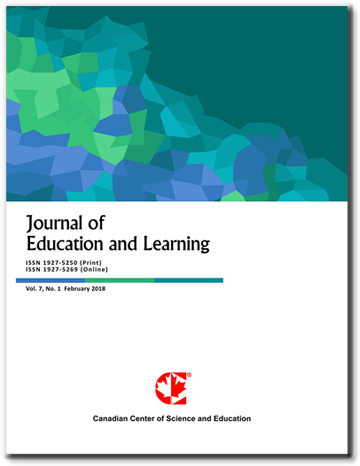Learning to Manage Creative Tourism in Upper Northern Thailand Through Environmental Education
- Torsak Kosawang
- Patranit Srijuntrapun
- Wee Rawang
- Nug-rob Rawangkarn
Abstract
The tourism industry is one of Thailand’s significant sources of income, especially in the northern part of the country, which is rich in art and nature. While tourism contributes significantly to economic growth, it also poses numerous environmental challenges. Therefore, this research had two main objectives: (1) to assess the potential of creative tourism attractions and the level of environmental perceptions, and (2) to develop an environmental education model for creative tourism management in upper northern Thailand. The study employed a mixed-methods research methodology that gathered data from 400 participants using a detailed questionnaire, 12 focus groups, and 12 in-depth interviews for data collection and analysis. The results indicated high levels of creative tourism attractions (4.07 ± 0.88) and environmental perceptions among locals, creative tourism hosts, and stakeholders (3.79 ± 0.92). The collected data built an environmental education model with seven essential components for managing creative tourism. The established components included: (1) enhancing environmental consciousness, (2) intriguing creative tourism destinations, (3) appealing creative tourism activities, (4) skilled personnel in creative tourism, (5) active participation by the locals, (6) an integrity-based creative tourism network, and (7) experiential marketing. The model was further implemented in a workshop for locals, tourism hosts, and stakeholders, yielding a high-efficiency evaluation (4.21 ± 0.92). We hope that the positive correlations between environmental perception and creative tourism attractions will aid the protection and restoration of environmental degradation, especially in areas with creative tourism.
- Full Text:
 PDF
PDF
- DOI:10.5539/jel.v14n6p135
Journal Metrics
Google-based Impact Factor (2021): 1.93
h-index (July 2022): 48
i10-index (July 2022): 317
h5-index (2017-2021): 31
h5-median (2017-2021): 38
Index
Contact
- Grace LinEditorial Assistant
- jel@ccsenet.org
